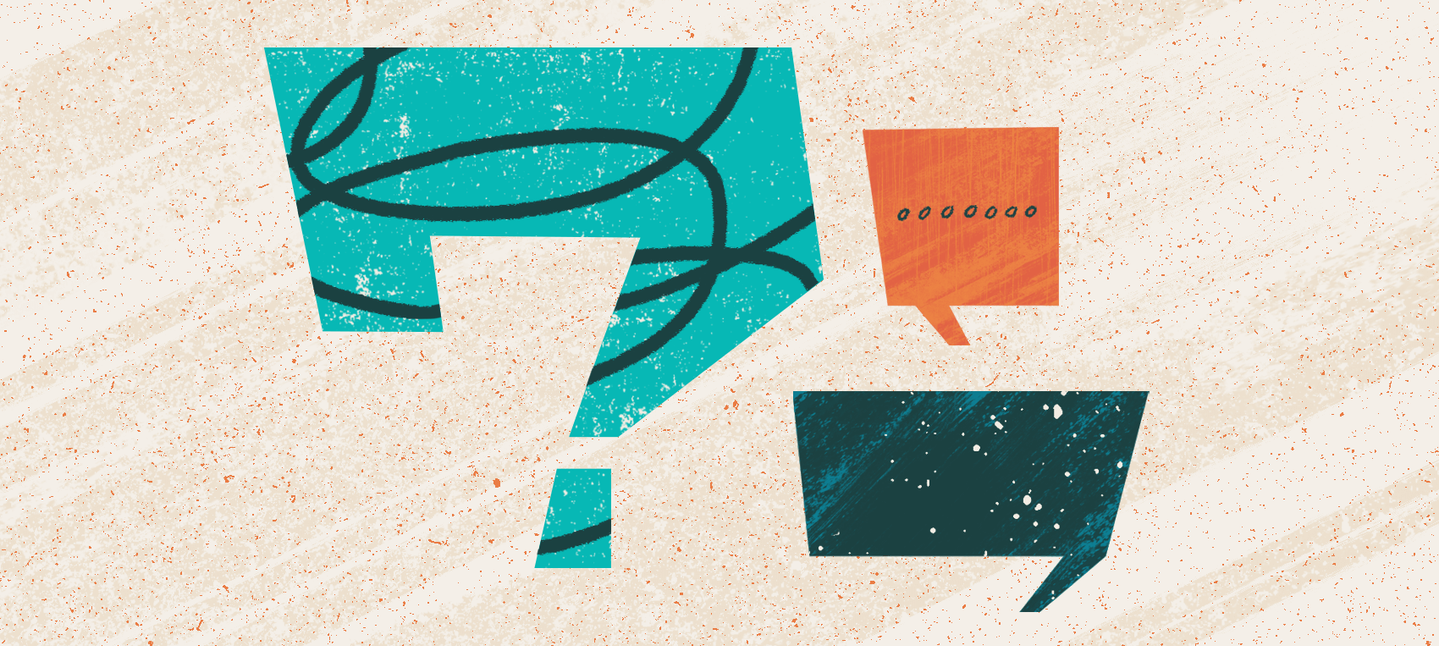QA #9: How can better UX increase my conversion rate?
Published

When brought together, UX and conversion rate optimization (CRO) design work can make quite the revenue-generating pair.
And because you are designing from a place where something already exists, you’ll likely have plenty of data gathered through analytics to help you figure out your new solution.
The best way to master conversion rate optimization work is to approach your problem in the same way you’d tackle any other design problem: First, understand the problem and write a well thought out design brief. Then head to Figma and create a solution using your design brief as your guide. Once your design is complete you’ll need to test and measure.
It seems straightforward, but CRO comes with its own set of tasks and challenges:
- You should bring your team together to analyze the existing flow and form a hypothesis around why the conversion rate is low. However, sometimes coming to agreement on what should be done can be difficult.
- When you’re designing, you’ll need to choose between big impactful (but hard-to-measure) changes and tiny incremental (but easily measurable) changes. Each experiment will be different so you must take the time to evaluate each option and pick a point you are comfortable with.
- Changing multiple variables makes it tough to pinpoint what worked or didn't. Small swings can help test very specific hypotheses but there can be problems with doing too much of them at once.
- It’s not uncommon for there to be more failures than passes when you do this work and constant failures can be challenging.
No matter what, stick to your tried and true design process and don’t lose sight of how learning from failure can be as important as increasing revenue. Afterall, if that long-sought-after win generates a big boost in revenue, you only need one to make each failure worth it.
Read the full article here: UX Design and Conversion Rate Optimization: How to master this dynamic duo